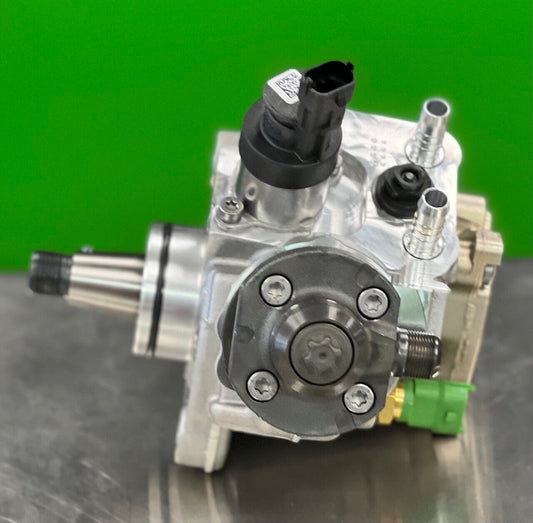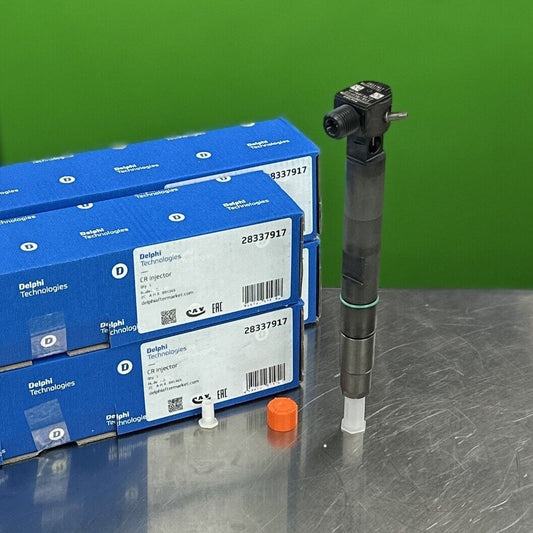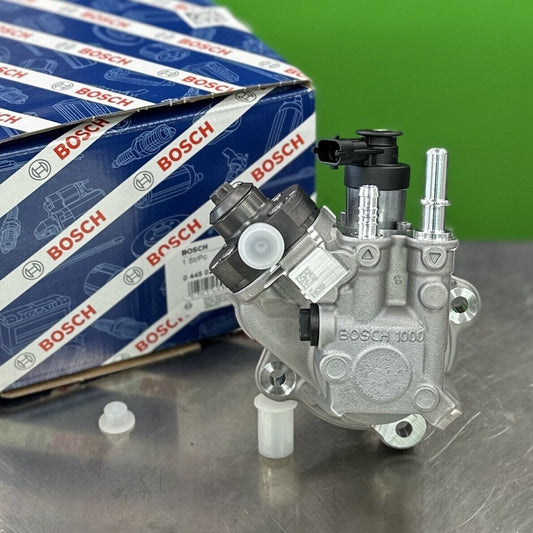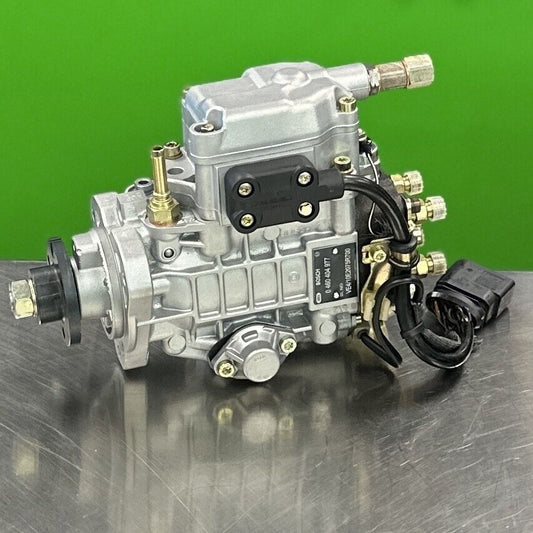Top Diesel Engine Innovations to Watch in 2025
As we enter the year 2025, the world of diesel engine technology is poised for a remarkable transformation. The industry has been hard at work, pushing the boundaries of efficiency, performance, and environmental sustainability. In this blog post, we'll explore the top diesel engine innovations that are set to make waves in the coming year.
Advancements in Turbocharger Technology
One of the most significant developments in diesel engine innovation is the continued refinement of turbocharger technology. Manufacturers have been working tirelessly to develop turbochargers that are more responsive, efficient, and durable than ever before. These advancements have led to increased power output, improved fuel economy, and reduced emissions.
The latest generation of turbochargers features advanced materials, such as titanium and ceramic, which allow for higher operating temperatures and faster spool-up times. This translates to better low-end torque and a more responsive driving experience, particularly in heavy-duty applications like trucks and construction equipment.
Dual-Stage Turbocharging
Another exciting innovation in turbocharger technology is the emergence of dual-stage turbocharging systems. These systems utilize two turbochargers working in tandem, with one optimized for low-end performance and the other for high-end power. This setup provides a broader range of torque and power delivery, resulting in improved overall engine efficiency.
Dual-stage turbocharging also helps to reduce turbo lag, a common issue with traditional single-turbocharger designs. By using the smaller, low-end turbocharger to provide immediate boost, the engine can respond more quickly to driver inputs, enhancing the overall driving experience.
Advancements in Fuel Injection Systems
Fuel injection systems have long been a critical component of diesel engine technology, and the industry continues to push the boundaries of what's possible. In 2025, we can expect to see significant advancements in fuel injection systems that will further improve efficiency, performance, and emissions.
Piezoelectric Injectors
One of the most promising developments in fuel injection is the use of piezoelectric injectors. These innovative injectors utilize the piezoelectric effect, which causes certain materials to generate an electric charge when subjected to mechanical stress. This allows for more precise control over the fuel injection process, resulting in improved combustion efficiency and reduced emissions.
Piezoelectric injectors can deliver multiple, finely tuned fuel injections per combustion cycle, optimizing the fuel-air mixture for better performance and lower emissions. This technology also enables faster response times, allowing the engine to adapt more quickly to changing driving conditions.
Advanced Injection Strategies
In addition to the advancements in injector technology, diesel engine manufacturers are also exploring new injection strategies to further enhance efficiency and emissions. One such strategy is the use of multiple injection events within a single combustion cycle.
By breaking up the fuel injection into smaller, more controlled bursts, the engine can achieve a more homogeneous fuel-air mixture, leading to more complete combustion and reduced particulate matter emissions. This approach also helps to reduce noise and vibration, creating a more refined driving experience.
Advancements in Emissions Control
As environmental concerns continue to drive the industry, diesel engine manufacturers have been focusing on developing more effective emissions control systems. In 2025, we can expect to see significant advancements in this area, with the goal of meeting increasingly stringent emissions regulations.
Selective Catalytic Reduction (SCR) Systems
One of the key technologies in emissions control is Selective Catalytic Reduction (SCR) systems. These systems use a urea-based solution, commonly known as AdBlue, to convert harmful nitrogen oxides (NOx) into harmless nitrogen and water. The latest SCR systems are more efficient, compact, and responsive, allowing for better integration into the engine design.
Advancements in SCR technology have led to improved NOx conversion rates, reduced urea consumption, and better overall system reliability. This, in turn, has contributed to lower operating costs and a smaller environmental footprint for diesel-powered vehicles and equipment.
Particulate Filters
Another important aspect of emissions control is the use of particulate filters, which capture and remove soot and other particulate matter from the exhaust. In 2025, we can expect to see further refinements in particulate filter technology, resulting in increased efficiency, reduced maintenance requirements, and improved system durability.
Some of the key advancements in particulate filters include the use of advanced materials, improved filter designs, and more efficient regeneration processes. These improvements have led to longer filter lifespans, reduced backpressure, and better overall emissions performance.
Advancements in Engine Design and Materials
Beyond the advancements in specific systems and technologies, the overall design and materials used in diesel engines are also evolving. Manufacturers are constantly seeking ways to improve efficiency, performance, and durability while reducing weight and emissions.
Lightweight Materials
One of the most significant trends in diesel engine design is the use of lightweight materials. By incorporating materials such as aluminum, magnesium, and advanced composites, engine designers can reduce the overall weight of the engine, leading to improved fuel efficiency and reduced emissions.
Lightweight materials also contribute to enhanced performance, as the reduced engine weight allows for faster acceleration and better handling, particularly in heavy-duty applications. Additionally, the use of these materials can improve the overall reliability and longevity of the engine by reducing stress and wear on critical components.
Optimized Combustion Chamber Designs
Diesel engine manufacturers are also focusing on optimizing the design of the combustion chamber to improve efficiency and emissions. Through advanced computational fluid dynamics (CFD) simulations and extensive testing, engineers are able to refine the shape and geometry of the combustion chamber to promote more complete and efficient combustion.
These optimized combustion chamber designs can result in higher power output, improved fuel economy, and reduced emissions of particulate matter and nitrogen oxides. Additionally, the improved combustion efficiency can lead to reduced engine noise and vibration, enhancing the overall driving experience.
Conclusion
As we look ahead to 2025, the world of diesel engine technology is poised for a remarkable transformation. From advancements in turbocharger technology and fuel injection systems to improvements in emissions control and engine design, the industry is pushing the boundaries of what's possible.
These innovations will not only benefit the performance and efficiency of diesel-powered vehicles and equipment but also contribute to a more sustainable future by reducing environmental impact. As consumers and industry leaders alike continue to demand cleaner, more efficient diesel engines, the innovations highlighted in this blog post are sure to play a pivotal role in shaping the future of the diesel engine industry.



